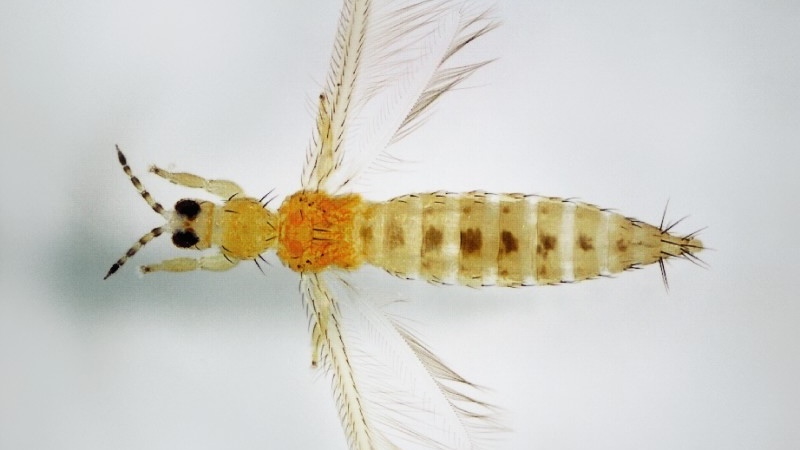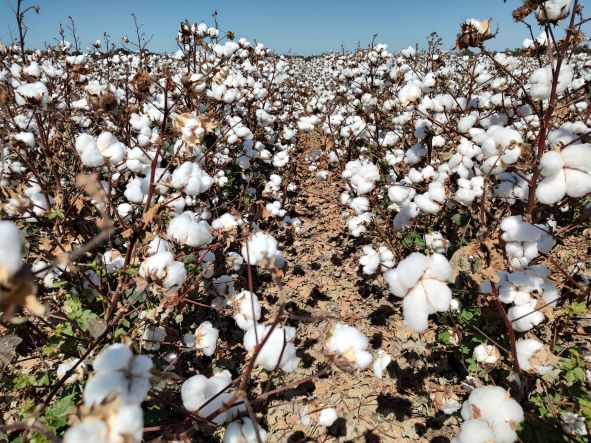Panelists’ View on Resource Competition and the Need for Education
PANELISTS:
Wally Darneille, President and CEO, Plains Cotton Cooperative Association
Allan Williams, Program Manager/Senior Agronomic Advisor, Better Cotton Initiative (BCI)
1. Please provide a short description of the material you plan to cover during the First Open Session: “Resource Constraints and Cotton Production: Sustaining Cotton’s Place in the World Market.”
WD: Obviously, water will be an issue for cotton, as will the cost of natural gas (fertilizer, irrigation, and other energy costs). The demographics of increasing personal disposable income in Asia, and perhaps Africa, will increase demand for fiber, increase demand for food acreage, and increase the relative value of oil, as increased energy demand competes for petrochemical feedstocks, which are the base for synthetic fiber production.
AW: The study on pesticide use commissioned by SEEP [the ICAC Expert Panel on the Social Environmental and Economic Performance of Cotton Production] looked at changes in pesticide use (excluding herbicides) over the period from 1999 to 2007 in five countries: Australia, Brazil, India, Turkey and the United States. A summary of the main findings (by country) will be presented during the meeting. Factors that may have influenced these changes have also been identified by members of SEEP, and will also be presented.
2. What are the biggest challenges to cotton’s place in the global market in the next five years? What about the next 10 years and beyond?
WD: In Cotton’s Seven Revolutions (a global initiative that looks at such issues for the entire cotton textiles and apparel supply chain), we felt that resource constraints and governance were among the most critical issues. Resource constraints can certainly be short-term issues such as weather, as well as longer-term issues such as climate and energy. We must also be concerned about the threats that technological innovation can pose, in that new synthetic fibers might be developed to “behave” like cotton. At the same time, technology is helping us make cotton fabrics that “behave” like synthetics, such as trans-dry, storm denim, etc. Certainly, the world economic situation in general is a huge challenge to cotton, both short- and long-term.
AW: Coming from the production side, I would like to reiterate the comments already made by Wally: I think energy costs, and competition for access to water and arable land are the cotton industry’s biggest challenges. Also, developing effective ways to make current ‘Best Practice’ information available to millions of cotton farmers is an ongoing challenge.
3. What steps are being taken to reduce cotton’s resource needs, or improve access to the necessary resources?
WD: There’s quite a bit of work going on in biotechnology related to water uptake, efficient delivery of nutrients, insect and weed resistance, and improving cultural practices to conserve resources.
AW: In addition to improvements in technology, there is an important need to identify the best performers (environmentally, economically and socially), understand what they are doing differently, and take that information to other cotton growers. In a word: education.
4. How will attendees be better positioned for success in their businesses after attending this session?
WD: Sharing ideas with other market participants around the world always stimulates creativity.
AD: By sharing what has been achieved in other cotton farming situations, participants will be stimulated to consider what might be achievable, and how, in their own countries.









